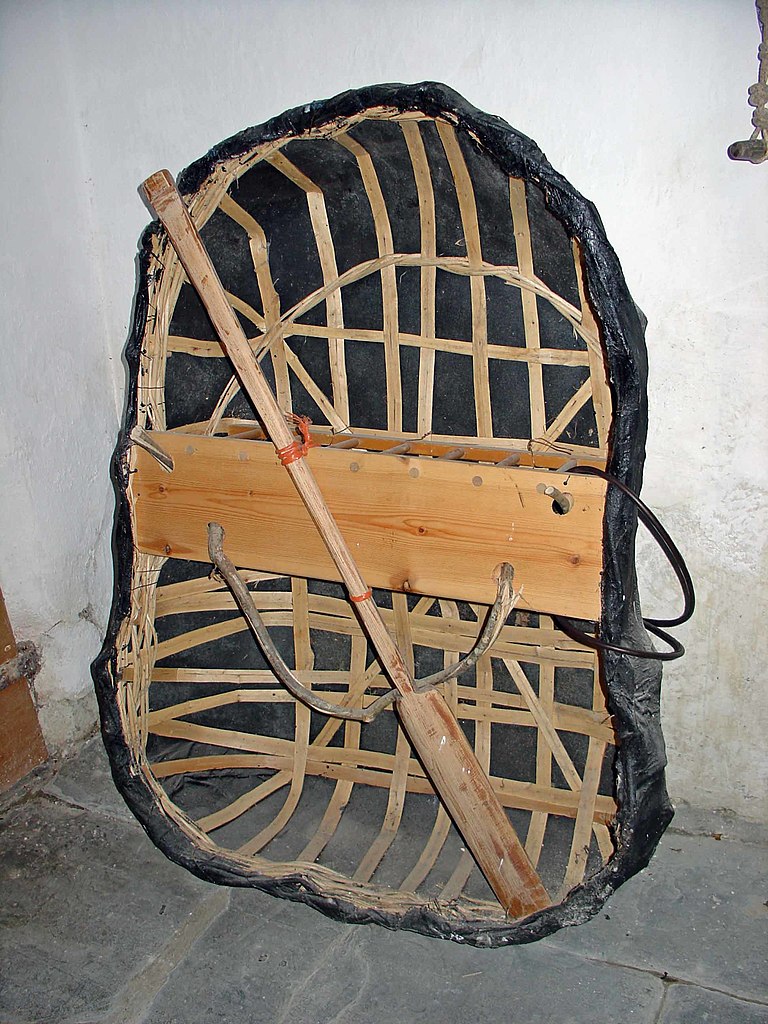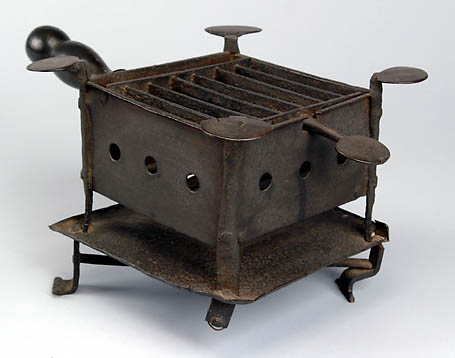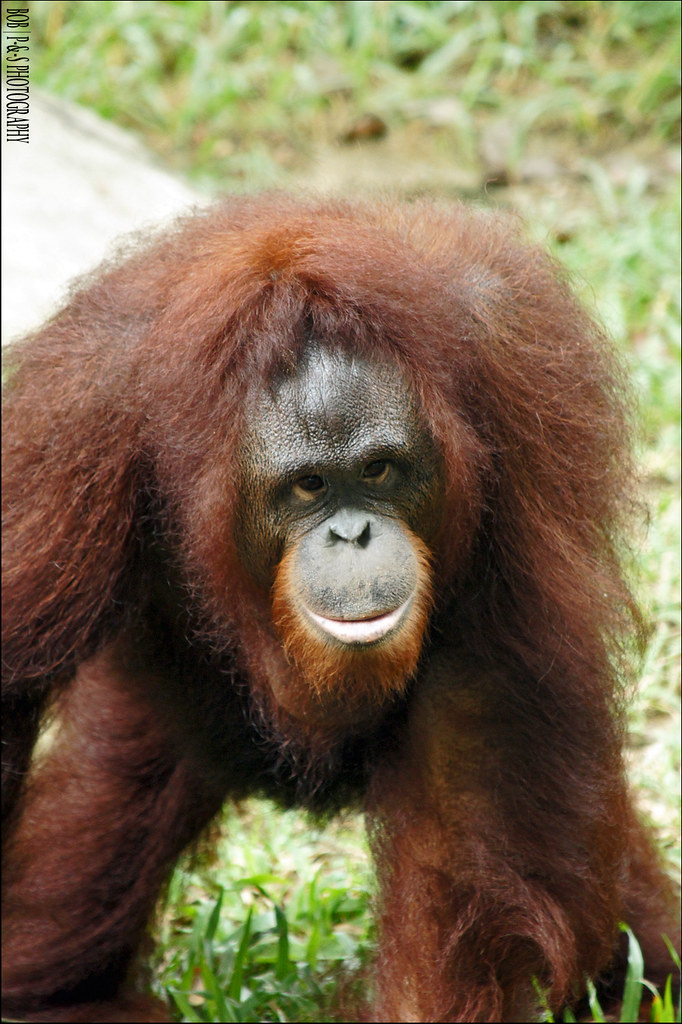Friday Fun Facts - 12/20/2013

Here are this week's Friday Fun Facts about Diana Gabaldon's books.

1) A syllabub was a popular drink in the 18th century, made from milk or cream mixed with sweetened wine or cider. (Photo above is by LearningLark, on Flickr.)
"There's still the problem of how the ground glass was administered. Do you know what Betty was given to eat or drink, Ulysses?"
A frown rippled over the butler's face, like a stone thrown into dark water.
"Dr. Fentiman ordered her a syllabub," he said slowly. "And a bit of porridge, if she were awake enough to swallow. I made up the syllabub myself, and gave it to Mariah to take up to her. I gave the order for porridge to the cook, but I do not know whether Betty ate it, or who might have carried it."
(From THE FIERY CROSS by Diana Gabaldon, chapter 55, "Deductions". Copyright© 2001 by Diana Gabaldon. All rights reserved.)

Here's a recipe for syllabub from THE LONDON AND COUNTRY COOK, published in 1749 by Charles Carter:
Take a quart of thick cream, and half a pint of sack, the juice of two Seville oranges, or lemons; grate in the peel of two lemons; half a pound of double-refined sugar, pour it into a broad earthen pan, and whisk it well; but first sweeten some red wine, or sack, and fill your glasses as full as you chuse; then as the froth rises take it off with a spoon, and lay it carefully into your glasses, till they are as full as it will hold.You can find recipes here and here, in case you want to try this yourself. According to various historical sources, a traditional method for making a syllabub involved milking a cow directly into a jug of cider (!) For more about the history of syllabubs, look here.

2) I had never heard of a coracle before I read OUTLANDER:
There were even a few sailboats visible, far up the loch. Though when one drew near, I saw it was a coracle, a rough half-shell of tanned leather on a frame, not the sleek wooden shape I was used to.
(From OUTLANDER by Diana Gabaldon, chapter 19, "The Waterhorse". Copyright© 1991 by Diana Gabaldon. All rights reserved.)

This photo, by Irenicrhonda on Flickr, gives a good idea of the size of the typical coracle. According to this site,
Coracles are small, keel-less boats, traditionally made as a basketwork frame, covered with an animal hide. There is evidence in cave paintings of them being in use from the early Bronze Age, and perhaps as far back as the Ice Age.Coracles are lightweight enough that a fisherman can carry one on his back. Here's a collection of coracle photos from the National Coracle Centre in Cenarth Falls, Wales.
Modern coracles tend to be built nowadays with sawn or hand-clefted laths and covered with canvas or calico, or synthetic fabric and waterproofed with pitch or bitumen paint. They can still be seen as regular working boats for transportation or fishing in many countries including Vietnam, Tibet, India, Iraq and China.

3) This is a Revolutionary-era brazier from Morristown National Historic Park, New Jersey.
There was no hearth in the study; only a small brazier that we used for heat. It was burning now in the corner, and Jamie rose, picked up a stack of letters, and began to feed them to the fire, one by one.
I had a sudden rush of déjà vu, and saw him standing by the hearth in the drawing room of his cousin Jared's house in Paris, feeding letters to the fire. The stolen letters of Jacobite conspirators, rising in white puffs of smoke, the gathering clouds of a storm long past.
(From A BREATH OF SNOW AND ASHES by Diana Gabaldon, chapter 76, "Dangerous Correspondence". Copyright© 2005 by Diana Gabaldon. All rights reserved.)
This video shows a similar type of brazier. I was surprised to see how small it is, but it makes sense that a brazier used in an army encampment would need to be small enough to be portable.

4) This photo shows what a Bornean orangutan (Pongo pygmaeus) looks like. (Photo credit: mahbobyusof, on Flickr.)
"I can’t imagine what you’d look like with a full beard. I’ve only seen you in the stubbly stage.”According to Wikipedia,
He smiled on one side of his mouth, drawing the other up as he scraped under the high, broad cheekbone on that side.
“Next time we’re invited to Versailles, Sassenach, I’ll ask if we may visit the Royal zoo. Louis has a creature there that one of his sea-captains brought him from Borneo, called an orang-utan. Ever seen one?”
“Yes,” I said, “the zoo in London had a pair before the war.”
“Then you’ll know what I look like in a beard,” he said, smiling at me as he finished his shave with a careful negotiation of the curve of his chin. “Scraggly and moth-eaten. Rather like the Vicomte Marigny,” he added, “only red."
(From DRAGONFLY IN AMBER by Diana Gabaldon, chapter 15, "In Which Music Plays a Part". Copyright© 1992 by Diana Gabaldon. All rights reserved.)
The Bornean orangutan is the third-heaviest living primate after the two species of gorilla, and the largest truly arboreal (or tree-dwelling) animal alive today.For more about orangutans, look here and here.
5) Here's a video of MacPherson's Rant, performed by the Corries. (The song is also known as "MacPherson's Lament".)
She didn't know whether Roger had seen her momentary distress, but he abandoned the dangerous territory of the Jacobites and went into "MacPherson's Lament," sung with no more than an occasional touch of the strings. The woman next to Brianna let out a long sigh and looked doe-eyed at the stage.The lyrics are here.
"Sae rantingly, sae wantonly, sae dauntingly gaed he,
He played a tune and he danced it roond...alow the gallows tree!"
(From DRUMS OF AUTUMN by Diana Gabaldon, chapter 4, "A Blast from the Past". Copyright© 1997 by Diana Gabaldon. All rights reserved.)

Jamie MacPherson was a real historical figure, executed in Banff, Scotland, in 1700. For more information about the historical background of the song, look here.
I hope you enjoyed these Friday Fun Facts! Look here to see all of my Friday Fun Facts blog posts, and please come back next week for more!








Comments